How Intermodal Shipping Can Bring Value to Your Business
Business Advice | Logistics | Transportation | Freight Management | Shippers
Every shipper's goal is to make the most of their transportation spend while ensuring their products arrive at their customer's doorstep safely and on time. With the strategic ability to capitalize on the advantages of each transport mode, intermodal shipping may be the answer.
MAKA Logistics, Armstrong's largest independent freight agency, recently signed contracts with the Burlington Northern Santa Fe (BNSF) and Kansas City Southern (KCS) railroads. With MAKA's growing fleet of 53-foot temperature-controlled containers and strategic location on the US/Mexico border, we offer our customers dedicated-asset service, 24/7 GPS tracking, and consistent transit times.
If you think intermodal shipping may be right for you, read on. We'll cover what intermodal transport is, why shippers are turning to it, and how shippers like you can use different transportation modes to bring value to their business.
What is Intermodal Shipping?
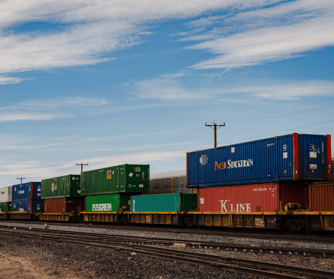
Intermodal shipping refers to the movement of goods using two or more modes of transportation. While this technically means any combination of modes can be used – ocean, rail, truck, or air – most often in North America, "intermodal" means moving goods by truck and rail.
Rather than handling goods directly and shifting them from one vehicle to another, intermodal shipping utilizes standard-sized freight containers that can easily be extracted from the chassis of a truck and situated in a rail car. Once the goods are loaded into the container, they will likely not be handled directly again until they arrive at their destination.
Here's how intermodal shipping works:
- The products or raw materials are loaded in a container on a truck. The truck takes the container to an intermodal ramp, typically a short distance away. (This process of moving goods over a short distance as part of a longer overall move is called drayage.)
- At the intermodal ramp, the container is lifted off the truck chassis and placed in a well car or flat car, where it will stay for most of the journey. Container in tow, the freight train heads for another intermodal ramp near the cargo’s final destination.
- Once the container arrives at the destination intermodal ramp, it is transferred back to a truck for final-mile delivery to a warehouse, store, or distribution center.
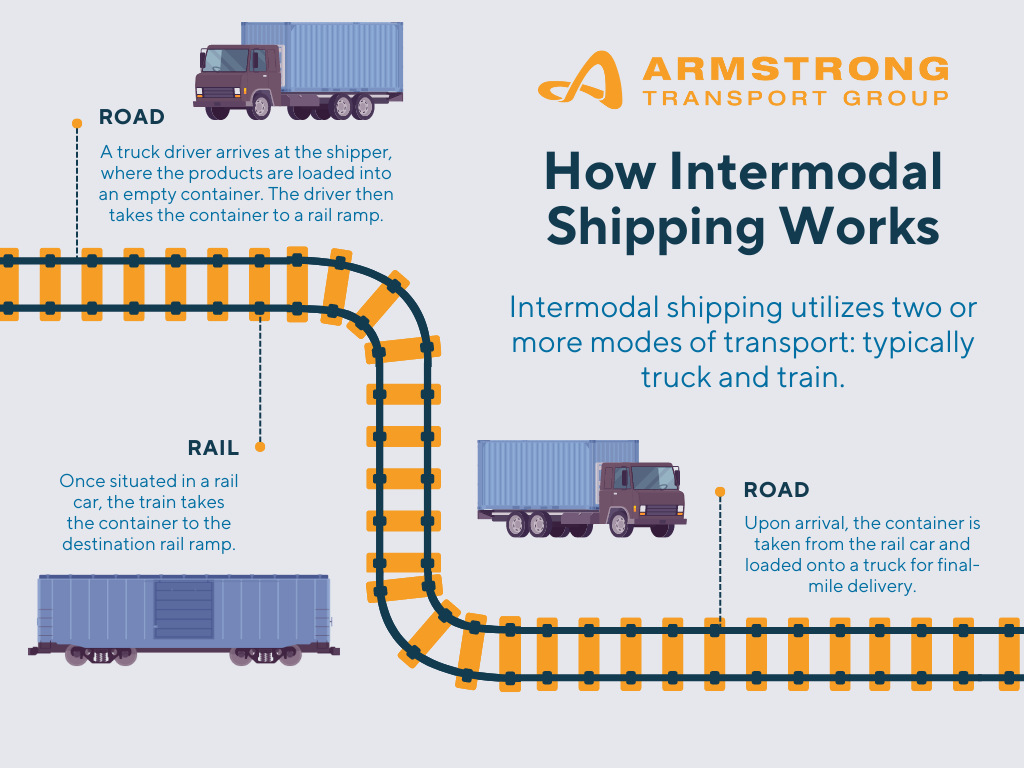
Why Use Intermodal Shipping?
Intermodal transport allows shippers to benefit from all the advantages of each mode. Although anyone can rely on intermodal transportation, it's typically best suited for shippers who need to move goods long-distance (at least 700 miles), particularly if you consistently send products to the same destinations.
There are numerous benefits to diversifying your supply chain and relying on intermodal transport, including:
Cost-Effectiveness
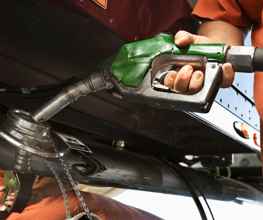 Although savings vary by seasonality, lane, and the state of the truckload market, relying on rail service can save shippers hundreds, sometimes thousands, of dollars compared to utilizing over-the-road trucking the entire destination. Those savings add up even when intermodal is only slightly less expensive on a per-load basis.
Although savings vary by seasonality, lane, and the state of the truckload market, relying on rail service can save shippers hundreds, sometimes thousands, of dollars compared to utilizing over-the-road trucking the entire destination. Those savings add up even when intermodal is only slightly less expensive on a per-load basis.
Trains use much less fuel than trucks while traveling. Using just one gallon of fuel, a train can move one ton of freight nearly 450 miles. Fuel costs can significantly influence rates in over-the-road trucking, which can drive up the price if your goods travel long distances.
Available Capacity
Diversifying your supply chain strategy reduces your reliance on the truckload market, where capacity isn't always easy to come by in tight markets.
There is less competition for rail than over-the-road trucking, giving you capacity when and where you need it. By decreasing your reliance on the truckload mode, you won't have to subject yourself to paying high rates or bending over backward to accommodate carriers when the market is in their favor. You can ship intermodal anytime at a reasonable price.
Sustainability
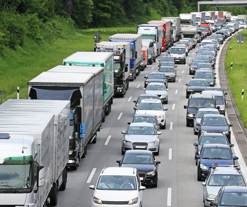
If you're looking to reduce your carbon footprint, utilizing intermodal transport is a great way to do it. Becausetrains can go a much further on one gallon of fuel than trucks, rail is a much more environmentally friendly way to move freight on land.
And the benefits don't stop at your loads. A fully loaded intermodal train takes about 280 trucks off the road. When shippers consistently leverage rail, they help decrease congestion on the highways and improve air quality for everyone.
Consistent, Reliable Service
Another factor that makes rail a favorite mode among shippers is its consistency in pricing and delivery. Trains rarely have to worry about many of the things that can cause exceptions in over-the-road trucking, such as vehicle breakdowns or road closures. Additionally, enhanced technology has given shippers greater visibility into their shipments. Gone are the days of being kept in the dark and hoping the shipment made it to your customer. Many shipping containers, including those at MAKA Logistics, have tracking units that provide complete visibility into a load at all times. This visibility is a huge asset for shippers as it provides for better planning and gives you confidence that the shipment will arrive at your customer's doorstep when you say it will.
While intermodal shipping can require a little extra transit time, that may change. Intermodal providers are increasing train speed and reducing the time cars stay in the yard. Additionally, the standardized size of containers is an asset; they can be moved quickly from one mode to the next without loading or unloading the goods, which helps save time.
Safety
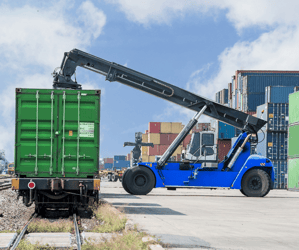
That goods don't need handling when shifting between modes provides another key benefit: the goods are less likely to arrive damaged. In addition to the minimal handling, trains are substantially less likely to be in an accident because they're on a fixed track, which is particularly beneficial if you're shipping hazardous or highly combustible freight. Goods are also less likely to be stolen from a train, decreasing liability and claims. Once the container is situated in the well car, the doors cannot open. When containers are double stacked, the top container is about 15 feet from the ground and difficult to reach.
Take the Hassle Out of Your Supply Chain
Intermodal shipping can seem complicated, but it doesn't have to be. Specializing in dedicated intermodal shipments throughout Mexico and the US, Armstrong can help you secure capacity and manage your shipments with ease.
If you want to simplify the shipping process or have more loads than your team can handle, get in touch with us.
About Taylor Borum
Taylor joined Armstrong in 2021, serving as the team's Marketing Coordinator. A native of North Carolina, she moved to Charlotte in 2018 after graduating from Appalachian State University with her bachelor’s in Communication Studies. She's a passionate writer, having curated a diverse range of blog posts, articles, press releases, feature stories, webpage copy, social media posts, and more.



